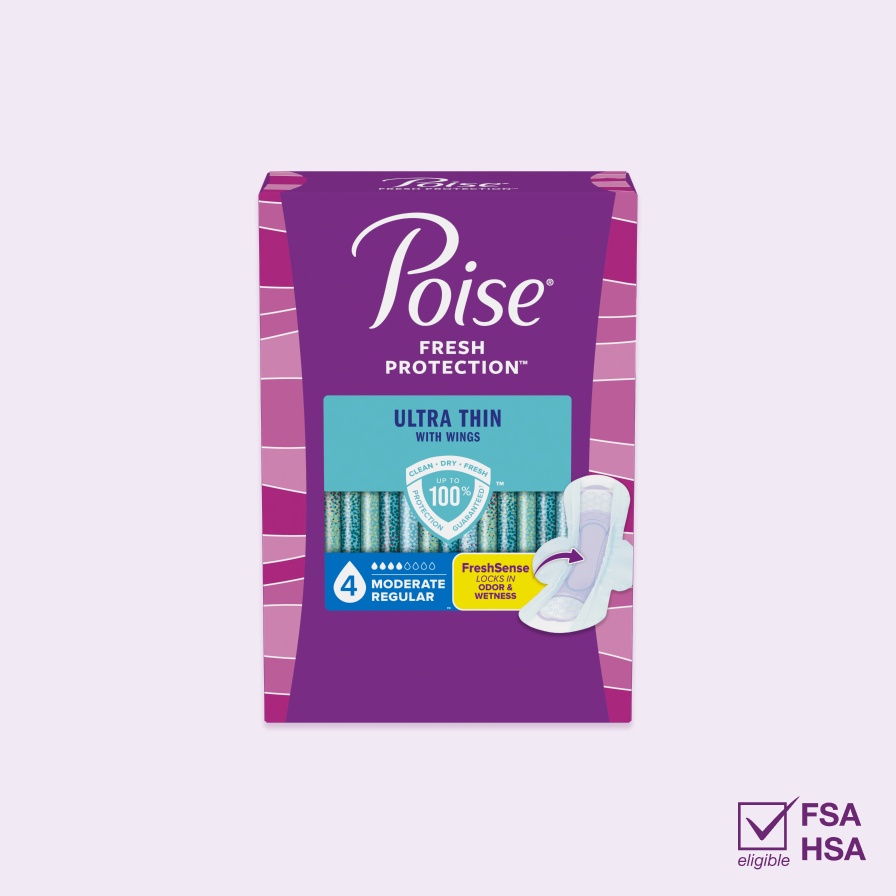How Should I Prep My Body for Postpartum?
How Should I Prep My Body for Postpartum?
What to Expect & What You Didn’t Know
When it comes to pregnancy and childbirth, there is an overwhelming amount of information on “what to expect when expecting” – not to mention advice from friends and family. While expectant women may be well-prepared for pregnancy and childbirth, there is very little information or support around what happens after delivery – in the postpartum phase.
Below are some of the most important things to know as you prepare for that special time right after you give birth.
Five Things to Know About the Postpartum Body
- Take it Slow
- Urinary incontinence due to lack of pelvic floor muscle strength or lack of urethral support.
- Pelvic organ prolapse (in which pelvic organs drop below their normal anatomic level, diagnosed through an ultrasound or MRI assessment).
- Impaired ability to start a flow of urine due to dysfunctions of voiding (when a voluntary signal is sent from the brain to begin urination).
- Understanding Pelvic Floor Dysfunction
- Urinary incontinence or light bladder leakage, urinary urgency and frequency
- Bowel disorders such as fecal incontinence or constipation
- Sexual dysfunction including painful intercourse, post-coital pain, painful orgasm or reduced intensity of orgasms
- Keep Your Abs Together
- Posture Matters
- Maintain continence
- Support your pelvic organs
- Reduce back pain, which in turn will allow you to better maintain your posture
- Take Time for You!
While most women are encouraged to return to general exercise within 6 weeks of delivery, you should take things at your own pace and follow your doctor’s specific guidance. Remember, whether you had a vaginal birth or cesarean delivery, your body nurtured a baby for about 40 weeks (stop for a moment to think about how beautiful that is!) and now must recover from that heroic effort.
Take time to allow your body to heal and understand some of the physical changes you may be experiencing. Regardless of the mode of delivery, pregnancy in general (especially a first pregnancy) increases your risk of pelvic floor dysfunction, which can include:
Being aware of the signs and symptoms of pelvic floor dysfunction is crucial. If you experience any of the following after your doctor or midwife has cleared you at your six-week check-up, consult a pelvic health physical therapist who can assess your specific situation.
You can also be evaluated by a physical therapist before your six-week postpartum visit without an internal pelvic floor muscle exam, just be sure to let the therapist know you have not yet had your six-week check-up.
During the postpartum phase it’s a good idea to get assessed for Diastasis Rectus Abdominus, a separation that can occur in the abdominal wall as a result of giving birth. To prevent the diastasis rectus after delivery, your transverse abdominus muscle must contract, flattening your lower abs and causing the pelvic floor to contract with it in synergy. Therefore, assessing the abdominal wall can ensure your abs are properly together and properly supporting the pelvic floor.
Having suitable midline and pelvic floor support is essential for daily functional activities, including many of the new ones involving your little bundle of joy. To build up strength and endurance in this area, try doing some new, simple activities like lifting your baby or your stroller while contracting your pelvic floor and drawing your belly button towards your spine – regular repetition of these common movements will go a long way in helping restore your strength postpartum.
Focusing on sitting up straight and maintaining your posture is probably the last thing on your mind postpartum, however it’s an important part of your recovery. Your pelvic floor and deep abdominal muscle (the transverse abdominus) can help:
How you hold your body impacts how well your pelvic floor and deep abdominal muscle can be recruited into service when you need them to prevent urinary leakage.
Prioritizing “me time” doesn’t make you a “bad” mom by any means. Moms tend to put a lot of pressure on themselves to be superhuman, but if you don’t take time for self-care you can’t give 100% to your family when you are with them.
This is especially true during the postpartum period, when it’s vital to help get your mind and body whole so you can be the best possible mother for your baby and any older children. Whatever your support system may look like, let them know when you need time for yourself.
A Safe Recovery
Along with how to properly care for their bodies postpartum, there is always one big question on every woman’s mind…how long does it take to recover after giving birth? It’s natural for moms to want to get back to their daily routine and even start working out again, but how long that takes is different for every woman and there is no one-size-fits-all answer.
In general, women tend to return to intense exercise too soon which can worsen pelvic floor dysfunction. Instead, they should try light aerobic exercise first. Many women can safely begin light exercise shortly after giving birth and for the first 4-6 weeks postpartum. However, it’s important to consult your doctor before returning to any form of exercise after giving birth. Furthermore, most women should not do anything strenuous (like running) for at least 12 weeks after delivery. And if you experience any signs of pelvic floor dysfunction, such as incontinence or pelvic pressure, then running is off the table until you can be evaluated.
So, what is the best way to return to regular exercise?
- ·Start with core exercises that incorporate your pelvic floor, and gradually increase impact
- Start with walking before you jog, and jog before you run
- Stop whatever you’re doing and see a pelvic health physical therapist if you experience any leakage, signs of prolapse (pelvic heaviness or pressure), back or joint pain
When Should You See a Pelvic Health Physical Therapist?
Women should see a pelvic health physical therapist at the first sign of pelvic pain or dysfunction. Start by checking in with your OB/GYN who can recommend a therapist in your area or one who accepts your insurance, although many pelvic health physical therapists are out of network due to the higher level of care required.
Even if you are not experiencing any pain or dysfunction, it can also be valuable to consult a pelvic health physical therapist for a birth prep program. Just a few visits starting around week 34 of your pregnancy can help empower you during and after delivery.
Postpartum Incontinence: What to Watch Out For
Urine leakage in women (also known as urinary incontinence) is a common part of the postpartum journey. In fact, one-third of women will experience postpartum urinary incontinence.
There are several factors that increase a woman’s risk of incontinence after delivery, some of which include:
- Fetal head circumference
- Prolonged 2nd stage labor
- Vaginal delivery (for stress incontinence only; cesarean delivery does not protect against other types of urinary incontinence)
- Constipation
- Excessive pregnancy weight gain or high maternal BMI before or during pregnancy
- Urinary incontinence before or during pregnancy
- Advanced maternal age
- Smoking
Postpartum Must-Haves
Below are my postpartum recovery must-haves. Add them to your baby shower registry, pack them in your hospital bag and keep a generous supply at home:
- Dual-use pads: Keep One by Poise® on hand to manage post-delivery leaks from incontinence or a return to your period cycle. Make sure to throw a few in your hospital bag as well as your purse or diaper bag!
- Breastfeeding pads: Hydrocolloid pads can work wonders if you experience sore nipples from breastfeeding.
- Peri Bottle: A Peri bottle is essential for cleansing your perineal region after delivery. Perineal cold packs can ease discomfort after vaginal delivery, too.
# # #
- https://pubmed.ncbi.nlm.nih.gov/25510682/
- https://pubmed.ncbi.nlm.nih.gov/29332252/
- https://pubmed.ncbi.nlm.nih.gov/32367136/
- https://pubmed.ncbi.nlm.nih.gov/31327032/
- https://pubmed.ncbi.nlm.nih.gov/25510682/
- https://pubmed.ncbi.nlm.nih.gov/28525825/
- https://pubmed.ncbi.nlm.nih.gov/32638282/
- https://pubmed.ncbi.nlm.nih.gov/24784708/
- https://pubmed.ncbi.nlm.nih.gov/23229419/
Recommended Products
Absorbency Level
Absorbency Level












